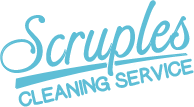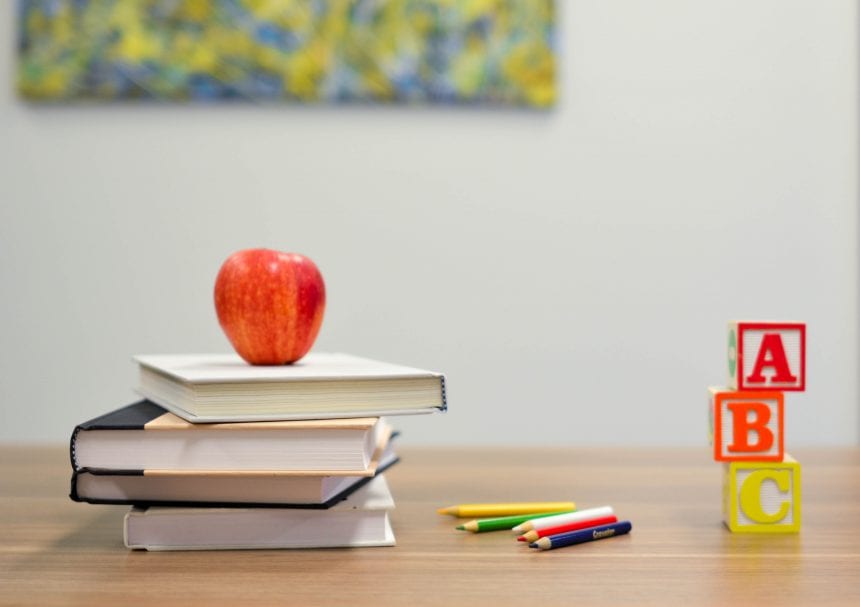Every year, educational institutions serve hundreds of kids, teachers, and visitors. For administrators, it can be a struggle to maintain safe, clean facilities. According to the Center for Disease Control, nearly 60 million school days are lost each year due to colds and the flu. In addition, asthma tends to be a big concern in schools, with close to 10% of students impacted to some degree. The American Lung Association estimates that children miss more than 14 million school days per year due to asthma. For many schools, student sick-days equal lost funding. The following are tips you can pass along to your sanitation personnel to ensure your school is as clean as possible.
Make a Plan
If cleaning a school building is done without a plan, time can be wasted without a guarantee of great results. Thus at the very beginning of the school year, a comprehensive cleaning plan should be made. This plan should detail what is necessary to maintain a clean environment on a daily, weekly, and monthly basis.
This plan should be tailored to your buildings individual needs. For example, do you have more than one level in your building? If so, it is better to clean up from the upper floors to the lower ones. Considering all the features of your school will make for the best cleaning plan.
Pay Attention to Trouble Spots
Educational facilities come in a wide variety of shapes, sizes and types, each of which present its own particular cleaning challenges. If you consider the fact that schools may be up to four times as densely occupied as a typical office space, creating an environment to disinfect efficiently can help reduce how germs spread in an educational facility.
Whether you operate a daycare center, private school, public school, or a learning center there are many high traffic areas which require special attention in cleaning. Areas of special concern in an educational facility cleaning include:
- Classrooms
- Cafeterias
- Restrooms
- Hallways
- Library
- Gyms
Aside from the cleaning of floors and desktops in an educational facility, troublesome germ spots in a school include doorknobs, keyboards and mice, water fountain buttons, telephones, toilet handles, and switch plates.
Use School-Friendly Cleaning Solutions
Cleaning to improve health in schools means using tools and procedures most likely to effectively remove germs from the educational environment and safeguard indoor air quality. This may involve using microfiber tools and backpack vacuums; using color-coded cloths and floor pads to minimize cross contamination; and using safe cleaning chemicals with low Volatile Organic Compounds (VOCs) that disinfect successfully.
Ask Teachers for Help
To keep your school healthy, you might encourage your teachers to reinforce proper hygiene to your students through hand washing education. Respiratory hygiene tips such as the “Dracula Cough” (coughing or sneezing in ones shirtsleeve instead of their hands) can help prevent the spread of germs. Additionally, you can put rules in place to minimize messy spaces, for example, only eating in designated spaces.
These tips can help maintain a clean school, but it’s not a bad idea to get additional help. Reach out to Scruples today–we’re the local experts for cleaning public spaces like school buildings.

